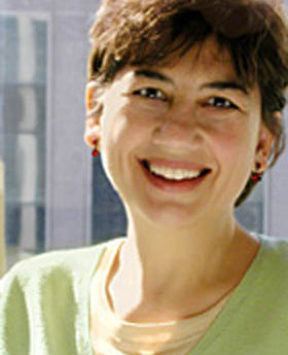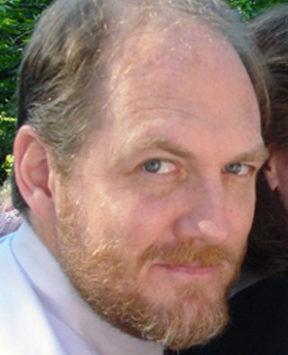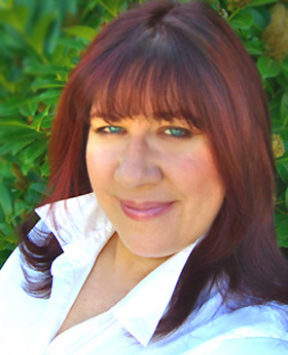Imagine your electronic world of 2014. What are the possible future outcomes for Google, Microsoft and Amazon? How will news and media be disseminated? What is the Google Grid? The predictions are made by a popular online eight-minute flash movie called Epic (the Evolving Personalized Information Construct).
Robin Sloan and Matt Thompson, both staff at the Poynter Institute for Journalism in Florida, look back at the history of the Web from 10 years in the future. Their story is fascinating, amusing and unnerving.
The video, available at www.robinsloan.com/epic from the Museum of Media History, is presented like a video transmission from the year 2014. It suggests possible future outcomes such as Google and Amazon merging to form GoogleZon, Google creating the Google Grid, visual bracelets, how Microsoft will acquire Friendster and gobble up other companies and the creation of EPIC by 2014.
Following is an excerpt from the narration:
It is the best of times. It is the worst times. In the year 2014, people have access to a breadth and depth of information unimaginable in earlier age. Everyone contributes in some way. Everyone participates to create a living, breathing mediascape. However, the press as you know it, has ceased to exist. The fourth estates fortunes have waned. 20th-century news organizations are an afterthought, a lonely agreement for not too distant past. The road to 2014 began in the 20th century.
In 1989, Tim Bernhers Lee, a computer scientist at the CERN Particle Physics Laboratory in Switzerland, created the World Wide Web.
1994 sees the founding of Amazon.com. Its young creator dreams of the store that sells everything. Amazons model, which would come to set the standard for Internet sales, is built on automated personalized recommendation, a store that can make suggestions. In 1998, two Stanford programmers create Google. The algorithm echoes the logic of Amazon. It treats links as recommendations and from that foundation powers the worlds most effective search engine.
2006: Google combines all of its servicesTIVO, Blogger, Gmail, Google News and all of its searchesinto the Google Grid, the universal platform that provides a functionally limitless amount of storage space and bandwidth to store and share media of all kinds, always online and accessible from anywhere.
2008: This year sees the alliance that will challenge Microsofts ambitions. Google and Amazon joined forces informed GoogleZon. Together, they use their detailed knowledge of every users social network, demographics, consumption habits and interests to provide total customization content and advertising.
2010: The News Wars of 2010 are notable for the fact that no actual news organizations take part. GoogleZon finally checkmates Microsoft the features the software giant cant match. Using a new algorithm, GoogleZons computers construction news stories dynamically, stripping sentences and facts from all kinds of content sources and recombining them. The computer writes a new story for every user.
In 2011, the slumbering fourth estate awakens to make its first and final stand. The New York Times Co. sues GoogleZon, claiming that the companys fact-stripping robots are a violation of copyright law. The case goes all the way to the Supreme Court, which on August 4, 2011 decided in favor of GoogleZon.
On Sunday, Mar. 14, 2014, GoogleZon launches EPIC. Welcome to our world. The Evolving Personalized Information Construct is the system by which our sprawling, chaotic mediascape is filtered, ordered and delivered. Everyone contributes now from blog entries to phone cam images to video reports to full-fledged investigations.
At its best, edited for the savviest readers, EPIC is a summary of the world, deeper, broader and more nuanced than anything ever available before. But at its worst, and for too many, EPIC is merely a collection of trivia, much of it untrue, all of it narrow, shallow stand sensational. But EPIC is what we wanted, is what we chose and its commercial success preempted any discussions of media and democracy or of journalistic ethics.
Today, in 2014, the New York Times has gone off line. In feeble protest, the Times has become a print only newsletter for the elite and elderly.
But perhaps there was another way.
For the complete video, visit http://www.robinsloan.com/epic
To listen to the presentation and an interview with Matt Thompson, the narrator and co-creator of the flash presentation, listen online at ethics. WebTalkRadio.com.






